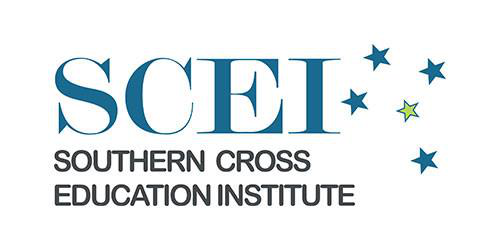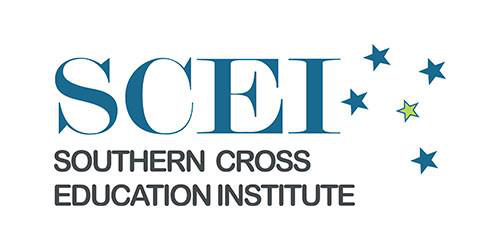Retrieved fromearly childhood training and technical assistance system
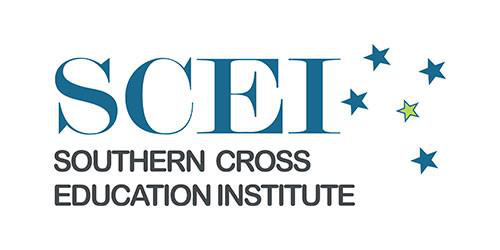
CHCECE023 Analyse information to inform learning
CHC50113 Diploma of Early Childhood Education and Care
1. Identify the primary purpose for observing young children in early childhood settings.
Observing children as they explore, play and learn, practitioners can ensure that a
• To understand what individual children know and can do.
• To understand what individual children are interested in and how they learn best so that we can support their learning and development effectively.
children’s development. ‘The educator’s belief system will influence the way they
‘see’ and interact with children.’
experiences that are guided by children’s interests, support social, emotional and
cognitive development, and which sustain children’s innate desire to learn (Lally & Mangione, 2006)
5. Describe specialist professional knowledge influence the educator’s perception of children.
Specialist professional knowledge influence the educator’s perception of children in a
7. Identify why intentional teaching is vital to child’s confidence, social
interaction and involvement in the context of an early childhood setting. Intentional teaching involves educators being thoughtful, purposeful and deliberate in their decisions and actions. Intentional teaching is an active process and a way of relating to the children that embrace and builds on their strengths.
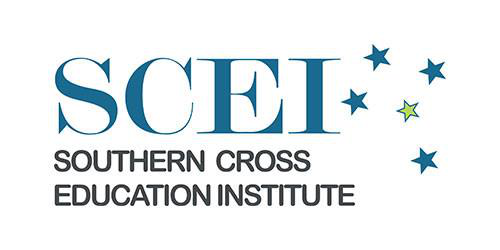
interests and ideas that they observe that day. Teachers recognise that children’s
extend children’s thinking, challenge their ideas and expand their interests. Teachers introduce ideas and make links to children’s ideas to support children to discover new possibilities and develop and test hypotheses (Queensland Government, 2014).
8. Provide four (4) opportunities for observation when/where and what you expect to be observed.
The physical environment can contribute to children’s wellbeing, happiness, creativity
and developing independence. It can contribute to and express the quality of children’s learning and experiences. The choices made in an education and care service about resources, materials, spaces, layout, air and light quality and access to a range of experiences in the indoor and outdoor, have a direct impact on the quality of learning opportunities available to children.
room and the language used by the child.
The education and care service will ensure the environment is safe, clean and well
Confidentiality applies to all types of shared information and may
include details held on enrolment forms, developmental information or
day-to-day information shared at drop-off and pick-up times. To maintain
confidentiality, you must never leave any
documentation where others can access it, such as on benchtops, in staff
rooms or in your car. It must be stored appropriately; for example, in a
lockable filing cabinet, where access is restricted to authorised
people. The information you gather, record and work with must be
available to parents at their request, and their permission must be
obtained before any records or information is shared with any person
outside your
SUDENT NO.: 10002 CHCECE023 Analyse information to inform learning Diploma of Early Childhood Education and Care
longer than others. It is important when interpreting a child’s development that you consider different factors such as environmental, situation, etc., just the age. This is why learning is continuous and dynamic.
11. Based on the child’s age and dexterity development, identify the type and size of ball are you going to provide for a three year old and explain your choice.
a. List what you would do
• Initiate activities that require a child to engage with other children• Refer to child’s previous records
• Schedule an observation with the childb. What method of observation are you going to use and why?
13. Explain the each of the following concepts.
a. Assessment for learning
Assessment for learning and development refers to the formative
assessment that takes place in order for decisions to be made to inform
the next stage of learning (Earl, 2003).
strong picture of the child’s strengths, abilities and interests. Early childhood
professionals then use this information to design effective programs for children that are responsive and evidence-based (Hattie, 2009).
CRISAH JANE PASTERA
summarises all of the learning and development that has preceded it (Taras, 2005). This kind of assessment can be large-scale assessment in a particular field, such as the National Assessment Program – Literacy and Numeracy (NAPLAN), in which an entire population of children is assessed using a common assessment tool. It can also be a small scale assessment within an individual early childhood setting with the purpose of clarifying a child’s learning in order to report that learning to families (Earl, 2003) – for example, Transition Learning and Development Statements.
15. Identify a regulatory or legislative requirement of the child care industry.
The National Quality Framework and Early Years Learning Frameworks: Belonging, Being and Becoming. The Child Care Act 2001 provides a system for the regulation of child care services that reflects the government’s desires to safeguard children through the effective licensing and registration of child care services. Section 47 of the act provides for issuing of standards. The Education and Care Services National Law and the Education and Care Services National Regulations which set the National Quality
Educators can work collaboratively with families, communities, and other educators to inform planning through ensuring that a collaborative relationship is established to attain a desirable outcome be engaging in an active communication, consultation, and collaboration.
17. Identify how information is used to evaluate the program.
educator’s thinking, and the experiences that educators observe, hear and feel into
written or other records that can be shared, revisited and extended over time. Rich documentation incorporates multiple perspectives, including the voices of children,
evidence and samples of a child’s achievement throughout the year. For educators,
portfolios offer an opportunity to reflect on an individual child’s efforts and achievements
c. Record keeping
Having good record keeping practices in place will help services to maintain ongoing compliance with the National Law and National Regulations and support delivery of high-quality education and care for the children attending your service.19. Research the code of ethics to a childcare setting and explain the principles related to gathering and analyzing information about children’s learning.
for families because the child educators were able to let the parents understand how their child engages in the activities and their behaviour. In relation to employers, gathering and analysing information of the children's learning by the child educators must follow the Code of Ethics to avoid unethical issues. This creates a strong connection between the child educator and the employer itself that they were able to follow correctly the rules and regulation of the company where professionalism was applied.
20. Identify the purpose of the following methods of assessments:
Narratives – can be oral or written. They can also be presented through art and theatre, or through audio-visual media like film, television, sound and music. All stories have the elements of setting, character, and plot. Below are some broad types of stories that children can listen to and tell themselves.
CRISAH JANE PASTERA
Time sampling – These are used to record the occurrence of a child’s behaviour and keep track of the number of times a behaviour occurs throughout the day. A tally is kept to record the specific time or a length of time the behaviour occurred. Time samples are effective in in reducing a child's negative behaviour by understanding why and when a particular is occurring during the day. Time samples can be taken every half an hour over a day or for shorter intervals of five to ten minutes.
children’s learning.
You can capture a child's development by posting photos, videos, stories, moments, notes and responses.
| • |
|
|
|---|---|---|
| • |
|
|
| • | ||
| • |
SUDENT NO.: 10002 CHCECE023 Analyse information to inform
learning Diploma of Early Childhood Education and Care 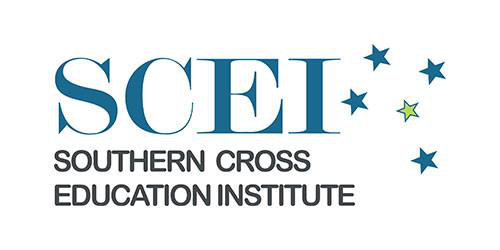
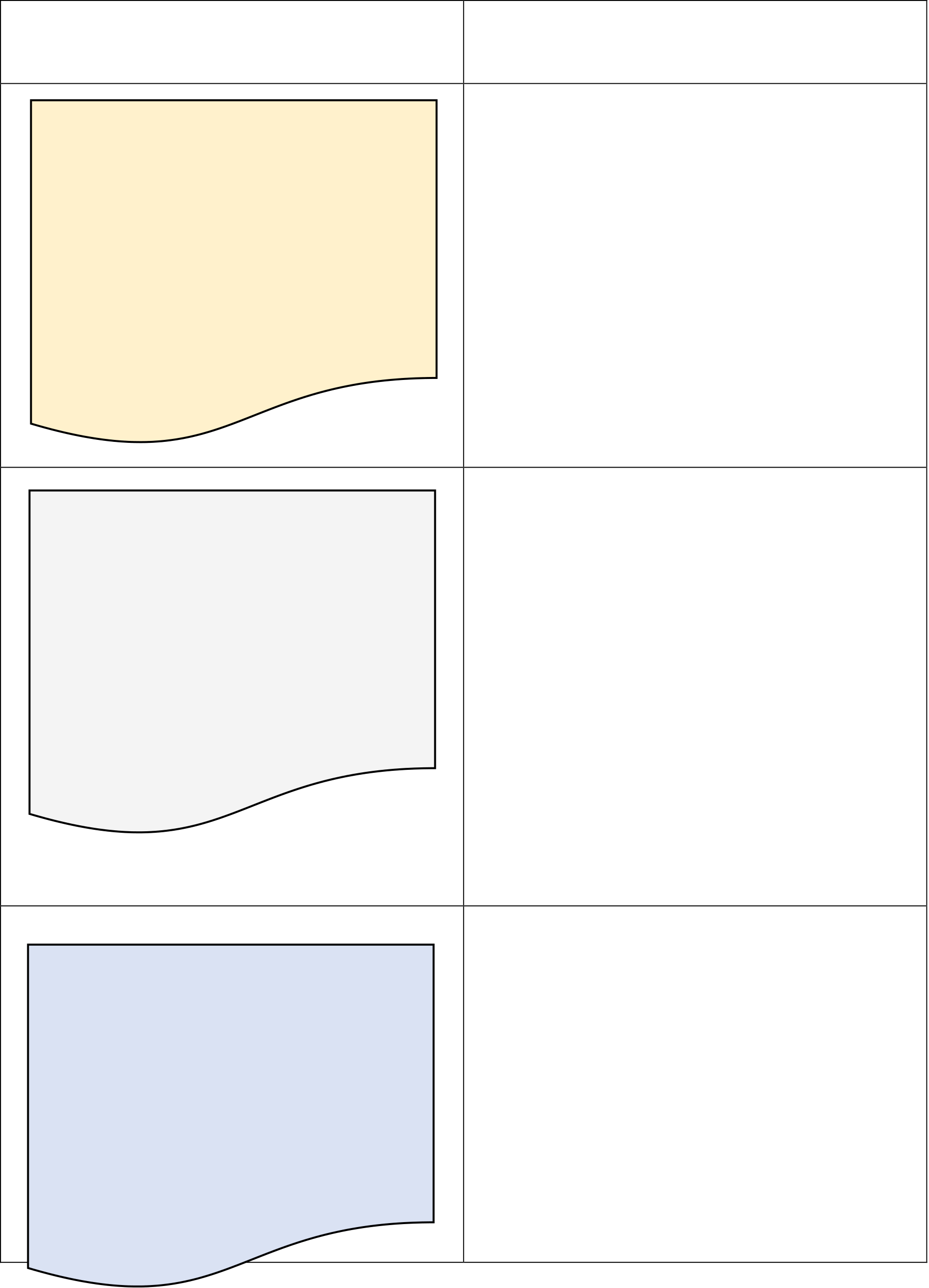
CRISAH JANE PASTERA
Developmental Profile
evidence of the child’s developing
learning and development. It enables the adult to learn something new about the child’s emerging abilities and interests.
Work samples can include drawings, paintings, collages, writing samples, and photographs of construction projects.
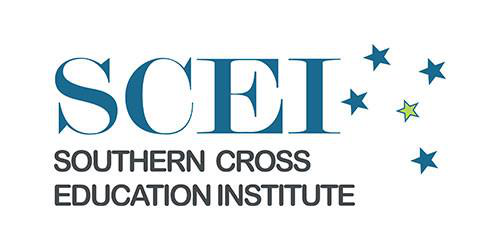
Child Care Act 2001 s 47
SUDENT NO.: 10002 CHCECE023 Analyse information to inform learning Diploma of Early Childhood Education and Care


